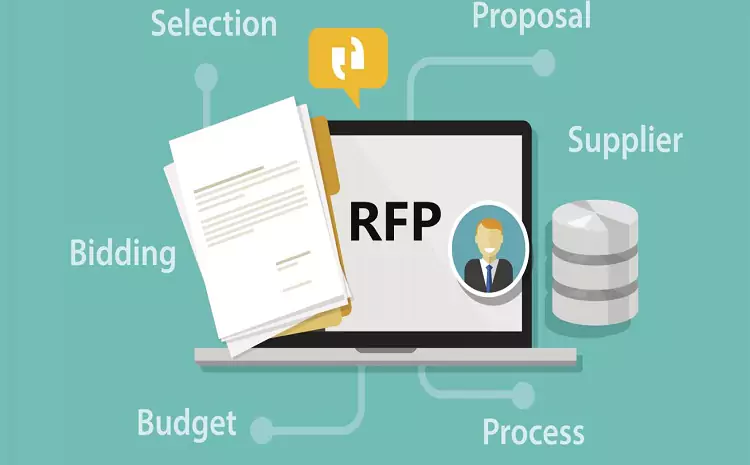As businesses continuously look for ways to optimize their operations, the role of technology in procurement processes has become increasingly prominent. RFP software is a game-changer for organizations looking to enhance the efficiency, transparency, and effectiveness of their procurement activities. The benefits of utilizing such software are vast, ranging from time savings to improved vendor relationships. Below, we’ll take a closer look at how RFP software transforms procurement procedures, driving value and innovation within companies. Keep reading to explore the advantages and integration possibilities.
Improving Response Quality and Evaluating Proposals Effectively
Creating high-quality RFP responses is a time-intensive endeavor for vendors, but RFP software helps in constructing articulate and comprehensive submissions. The clarity provided by RFP systems’ guidelines and structures leads to a higher caliber of proposals being submitted, ensuring that procurement teams have the best options to choose from.
The software’s standardized scoring systems play a pivotal role in evaluating proposals objectively. By setting up clear criteria and weights for various elements of a bid, procurement officers can assess proposals consistently and impartially, reducing the bias that might occur in manual evaluations.
Investing time in learning what is RFP software and its proposal evaluation features can yield significant returns. With robust analytical tools, teams can dig deep into proposals to extract insights that drive strategic choices. This thorough analysis helps in selecting the vendor that best fits the project’s specific needs and goals.
Enhancing Collaboration and Vendor Management Through RFP Solutions
RFP software is not only about internal efficiency; it also enhances collaboration with vendors. By offering shared spaces for communication, both procurement teams and suppliers can interact in real time, facilitating quicker and more transparent discussions. This collaborative approach is crucial, especially when clarifying project requirements or negotiating terms.
Vendor management becomes more streamlined with RFP solutions. The software allows users to score and compare vendor responses objectively. Such a feature ensures that all potential suppliers are evaluated according to the same criteria, fostering a fair selection process. It also aids in building trust with vendors, who can be confident that their proposals are given serious consideration.
Centralized communication through RFP software reduces the risk of misinterpretation and errors which can occur with back-and-forth emails. Version control functionality takes it one step further, ensuring that the most current documents are used and that changes are tracked effectively. By simplifying interactions, the software provides a solid foundation for long-term vendor relationships.
Driving Cost Savings and Efficiency With Automated RFP Tools
Automated RFP tools are a catalyst for cost savings within an organization. By minimizing the need for manual input, these systems reduce labor costs and allow employees to allocate their time to higher-value tasks. Efficiency gains translate into direct financial benefits as teams can handle more RFPs without proportional increases in staffing.
Cost savings also result from the competitive bidding environment that RFP software encourages. By automating the distribution of RFPs to a broader range of suppliers, companies can promote competition and potentially secure better prices. This also gives procurement teams the leverage they need when negotiating contracts and terms.
The adoption of RFP software helps in making informed spending decisions by providing a comprehensive analysis and comparison of bids. By leveraging detailed insights from the software’s evaluation tools, procurement professionals can avoid overspending and make choices that best align with the company’s financial objectives.
Integrating RFP Software With Existing Procurement Systems
The true potential of RFP software is unlocked when it’s integrated smoothly with a company’s existing procurement systems. Integration helps to maintain the flow of data and ensures that the software becomes a complementary tool rather than an isolated platform. It also minimizes the need for duplicate data entry, which is a common source of inefficiency and error.
Many RFP solutions are designed with flexibility in mind, offering API access and compatibility with popular Enterprise Resource Planning (ERP) systems. This interoperability is vital for creating an ecosystem where data can flow freely between systems, providing a comprehensive view of procurement operations.
Overall, RFP software stands out as a transformational tool for procurement processes, delivering on the promise of greater efficiency, deeper collaboration, and smarter spending. Its integration paves the way for a procurement function that is not just a cost center but a value driver, perfectly aligned with the strategic objectives of a modern, agile organization.

